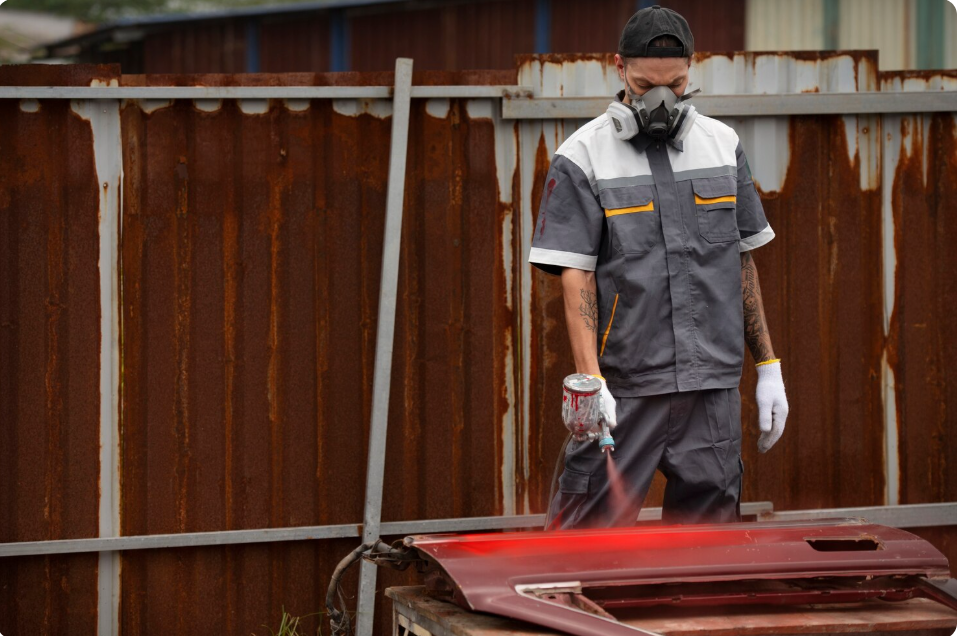Every recreational vehicle relies on its roof more than many owners realize. Engines can be repaired, tires can be replaced, and interiors can be remodeled, but a failing roof places the entire structure at risk. Water intrusion undermines framing, damages insulation, and leaves behind mold that cannot simply be patched over. Preventing those problems depends on the quality of the coating that shields the roof from sun, rain, snow, and constant vibration. While many products promise durability, ArmorThane’s specialized system demonstrates why formulation and application science matter more than brand claims.
The Weaknesses of Conventional Roof Materials
Traditional RV roofs are built from membranes of rubber, sheets of fiberglass, or layers of aluminum. Each of these choices provides an initial layer of protection but eventually reveals its weaknesses. Rubber hardens and cracks under ultraviolet exposure. Fiberglass becomes brittle and prone to fractures when it expands and contracts with heat cycles. Aluminum corrodes when coatings wear thin. Owners often respond with sealants or roll-on paints that offer temporary relief but rarely last beyond a few seasons. The cycle becomes familiar: seal, patch, and repeat. Each effort delays the inevitable rather than preventing it.
The problem lies in how these materials interact with stress. They resist until they reach their breaking point, at which time they fail suddenly and allow water to enter. This resistance model makes maintenance reactive rather than preventative. A stronger approach must recognize that roofs on mobile vehicles will always move and must be able to flex without losing their seal.
Why ArmorThane’s Formulation Stands Apart
ArmorThane approaches the issue by using a spray-applied polyurea that bonds chemically to the surface of the roof. When applied, it cures in seconds and forms a continuous membrane without seams, joints, or overlaps. Because it is seamless, it eliminates the weak points where leaks typically begin. More importantly, it maintains elasticity. Instead of resisting stress until failure, it stretches and compresses with the structure beneath it.
This elasticity does not come at the expense of durability. The cured surface resists ultraviolet degradation, chemical intrusion, and abrasion. It does not chalk under direct sunlight or soften after long exposure to rain and snow. The formulation allows it to remain stable in both hot and cold climates, which means it performs as reliably in desert storage as it does in northern winters.
Practical Benefits in the Field
The performance of ArmorThane’s coating becomes most visible when compared to the maintenance demands of other systems. Instead of seasonal resealing, the roof remains watertight across years of use. Instead of patching seams, there are no seams to fail. Because the coating bonds directly to the substrate, it prevents water from working its way under the surface. That bond also keeps the roof from peeling or delaminating when subjected to vibration during travel.
Owners who rely on their vehicles for long-distance trips or extended living find that the roof becomes one less variable to worry about. Confidence in the barrier above allows attention to remain on travel rather than on potential leaks. For those who want a broader look at how coatings perform over time, resources such as rv roof protection provide comparisons and insights into why polyurea-based systems now set the standard.
Efficiency in Application
Another strength lies in how quickly the coating can be applied. Traditional coatings often require multiple coats and long curing times, which keep the RV out of service for days. ArmorThane’s spray system cures almost immediately, allowing vehicles to return to use far sooner. This efficiency benefits both service providers and owners who cannot afford long delays.
The process itself also improves quality control. Because the coating is sprayed, it covers edges, curves, and fixtures without gaps. Areas around vents, skylights, or seams receive the same protection as the flat surfaces. This uniformity ensures that water has no entry point, which further reduces the chance of hidden leaks.
Long-Term Value
The difference between temporary fixes and long-term protection often appears in the form of cost. Frequent resealing, patching, and repairs accumulate into significant expenses over time. ArmorThane’s rv roof coatings reduces those costs by extending the lifespan of the roof and preventing the damage that leads to expensive interior reconstruction. A roof that remains sealed does not allow water to reach insulation, electrical systems, or structural members. Preserving these components protects the overall value of the vehicle.
Long-term value also appears in reduced stress. Owners who store their RVs outdoors know the worry of checking for leaks each season. With a seamless coating in place, that worry diminishes. The roof becomes as reliable as the walls and floors, shifting maintenance from reaction to prevention.
Conclusion
The difference between a roof that fails and a roof that endures lies in more than thickness or appearance. It lies in how the material interacts with the stresses of travel and exposure. Conventional systems resist until they cannot, forcing owners into a cycle of repair. ArmorThane’s specialized formulation adapts instead, stretching, sealing, and holding without seams. The result is a barrier that outperforms traditional coatings in durability, efficiency, and long-term value.
By focusing on the science of adhesion, elasticity, and chemical resistance, ArmorThane has created a system that changes what owners can expect from their roofs. Instead of planning for failure, they can plan for years of confident use. In this shift, the RV roof becomes less of a liability and more of an assurance that the journey ahead will remain dry, stable, and secure.



